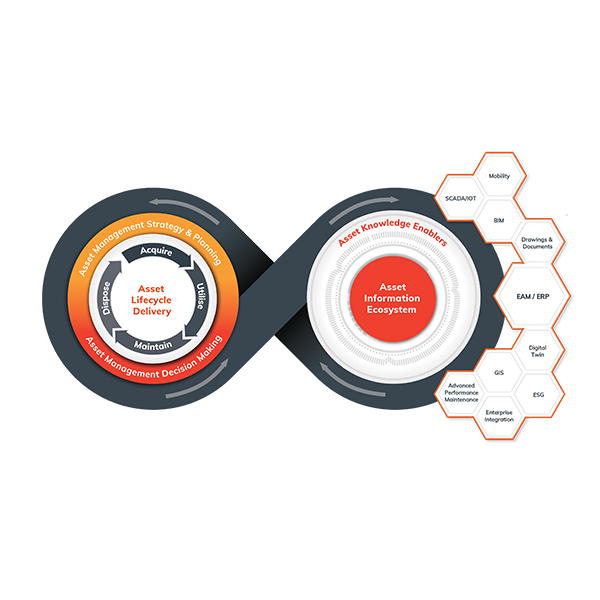From Abu Dhabi to outback Queensland, 48% of Clarita's service delivery team have experience in the Oil & Gas industry.
Today’s oil and gas companies are on a quest for operational excellence to improve safety, reliability and compliance while controlling costs and making better operational decisions. Success depends on a number of factors, which include how well they manage physical assets and human capital, how well they use operational intelligence, and how they make use of available data and information.
In addition to grappling with managing the unique attributes of linear assets, operators are increasingly challenged to:
- Improve asset analysis
- Respond to complex supply chain demand
- Plan shutdowns effectively
- Facilitate compliance
- Coordinate continuous improvement
They’re responding quickly by enhancing their core work processes with new technologies that help them reduce costs, improve operations, and become safer and more secure. These include analytics, mobility and IoT capabilities that connect processes, people and assets in new ways.
Best Practice
Supports oil and gas best practices to enhance the productivity and efficiency.
Standardisation
Support standardisation, convergence and collaboration to boost operational intelligence and achieve operational excellence.
Safety
Help improve safety and reliability while controlling costs
Knowledge Management
Enables the capture, distribution and institutionalisation of organisational knowledge.
InfographicWho in the world uses Maximo?
SERVICES & SOLUTIONS
RELATED Insights

Walking Before You Run: A Practical Path to AI Success in Asset-Heavy Industries

Digitising Maintenance Inspections at Teck Resources

From Ninja to Neural Networks: Why Trust is a Must for AI in Asset Management


